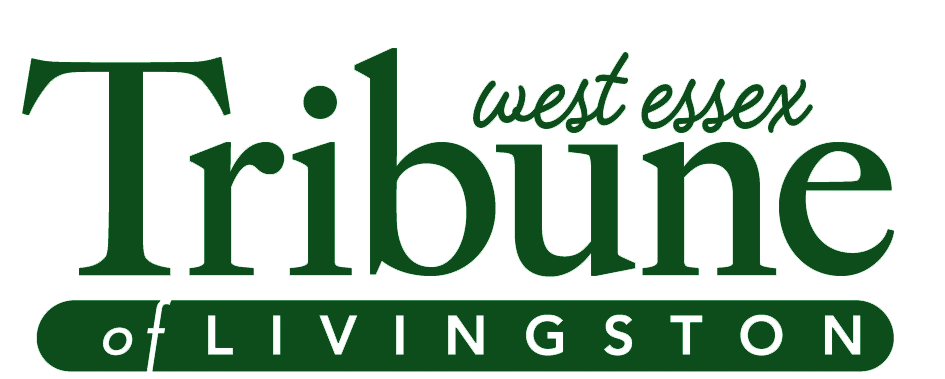Earlier this month, during its February 7 meeting, the Livingston Public Schools (LPS) Board of Education was presented with research from students and parents on equity, inclusion, and anti-racism in the schools. Lisa Steiger, the district’s assistant superintendent for equity, noted that district officials are working to build equity and inclusion through four main components: community and culture; curriculum; professional development; and student engagement. Steiger added that concerns raised by Livingston High School’s Black Student Union – that some students did not feel like they had a voice in the school – had shaped some of the changes that were presented to the Board.
Since that discussion, LPS adopted titles for equity coaches and equity student advisers. Equity coach training occurs monthly with focuses on implicit bias, identity, and examining available building and district data. Classroom libraries have also worked to diversify textbooks at all levels of the school district, and the social studies department is working to diversify its lessons. The equity group has also met with representatives of several diverse organizations in an attempt to close any educational gaps within the district.
These are all important, concrete steps that are being taken to improve equity at the schools, and we hope that they are just the start. There are several other ways to address the issue.
One way to improve equity would be to teach media literacy at all levels. It is one (productive) thing to bring in speakers to discuss racism and bias, and another step entirely to educate students on what to look out for in what they read and watch.
The district could also take additional steps to ensure that students of color feel comfortable coming forward to discuss their negative experiences. During the February 7 Board meeting, Steiger noted this very issue. Steps need to be taken so that students feel empowered to speak about what they are dealing with. It is worth noting that, according to state statistics for the 2020-21 academic year, more than 40 percent of students in the district were nonwhite, yet over 87 percent of teachers and 100 percent of administrators were white. Perhaps students of color do not feel comfortable confiding in their white teachers on issues related to race.
During the same meeting, superintendent Matthew Block noted that only ten students were currently utilizing the district’s mental health programs. While it would be wonderful if the remaining thousands of students were not in need of such services, we find that very hard to believe. So why are they going underutilized? Are they ineffective for what these students need? Is there a stigma attached to taking advantage of these services? We need to figure out what is happening and address it.
While it sounds positive that the school district is outsourcing its next equity partnership – looking for people or groups to provide programs for the schools – the district could do even better and give students and parents a voice in the selection process of candidates. We understand that the decision will ultimately fall on the Board, but if a public forum were held with the individuals in consideration for the job, Board members would be able to hear input from the people that their selection will affect. This would be a win-win for all involved.
We also hope to find a way to gather more information than what was included in the student survey that was discussed at the February 7 meeting. It was mentioned that about 2,800 students in grades five through 12 responded to a survey on LPS campus culture and curriculum. Students responded positively to multicultural celebrations at the school and saw an increase of diversity in curricula. At the same time, students reported that “their peers are not always kind and respectful.” This information appears almost too broad with which to do anything productive. While student surveys can be one piece of the puzzle, we cannot reasonably expect a series of questions to be a reliable barometer to collect complete and accurate information on students. Some certainly fill out these surveys more carefully than others, and the responses cannot possibly reflect the complete culture each student experiences inside and outside the schools. What other ways are there to learn about the struggles facing our students outside of a questionnaire?
It would also be beneficial to be transparent with students and parents in public, not just privately, about equity-related issues. We understand that the Board has a policy of not publicly discussing specific matters involving teachers and students, but because of that, we have no choice but to take the Board at its word that the steps being taken are acceptable. Over the past few months, some parents and students have had the courage to state publicly that what is being done has not been sufficient in their personal experiences. We can only hope that these public comments are not being taken lightly. If administrators want to foster a positive atmosphere in their schools, it is imperative to work with both students and their families. When their comments at Board meetings are met with silence or minimal reactions, it gives the appearance that those who can make a difference are being dismissive. We can and should do better here.
While we cannot “end” any of these issues surrounding equity, there are definitely ways we can minimize harm. The existing programs are fine steps in doing so. We just hope to see the gaps continue to be filled in.


